38 pages • 1 hour read
AnonymousSir Gawain and the Green Knight
Fiction | Novel/Book in Verse | Adult | Published in 1397A modern alternative to SparkNotes and CliffsNotes, SuperSummary offers high-quality Study Guides with detailed chapter summaries and analysis of major themes, characters, and more.
Themes
Competing Notions of Chivalry
Although chivalry is often thought of as a unified code of conduct, the idea and practice of chivalry evolved throughout the Middle Ages, incorporating elements from different (and sometimes competing) value systems. The word itself comes from the French term for “horse” (“cheval”), and as an ethos, chivalry initially revolved around the virtues and duties of medieval Europe’s mounted warrior class: knights. In this sense, the notion of chivalry entailed bravery, honor, skill in combat, and loyalty to the lord to whom the knight had pledged service (typically in exchange for an allotment of land). As time went on, however, the definition expanded to include Christian virtues like piety, humility, and purity, as well as the concept of courtly love: a knight’s undying and ennobling devotion to an unattainable and often married woman.
All of these strands of chivalry are present in Sir Gawain and the Green Knight, but they are not equally weighted. For one, Lady Bertilak’s attempted seduction of Sir Gawain brings to the foreground the obvious contradictions between courtly love, allegiance to one’s lord (or host), and Christian chastity. Lady Bertilak frames Sir Gawain’s failure to woo her and his resistance to her advances as a breach of his obligations as a knight, but as he himself realizes, he can’t fulfill her demands without violating his code of conduct in other respects: “His courtesy concerned him, lest crass he appear [in refusing Lady Bertilak], / But more his soul’s mischief, should he commit sin / And belie his loyal oath to the lord of that house” (1773-1775).
Related Titles
By Anonymous

Arabian Nights
Anonymous
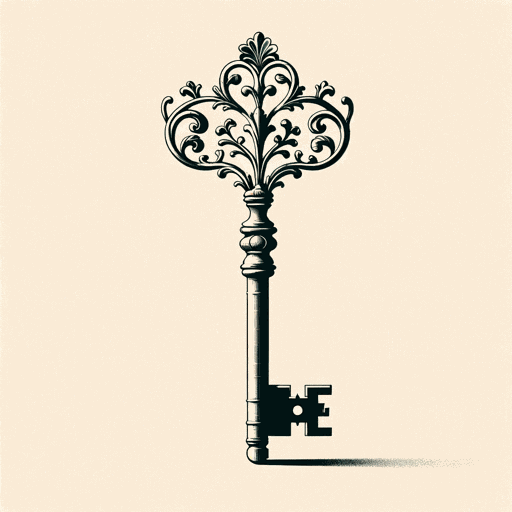
Arden of Faversham
Anonymous

A Woman in Berlin
Anonymous

Bible: New Testament: English Standard Version
Anonymous
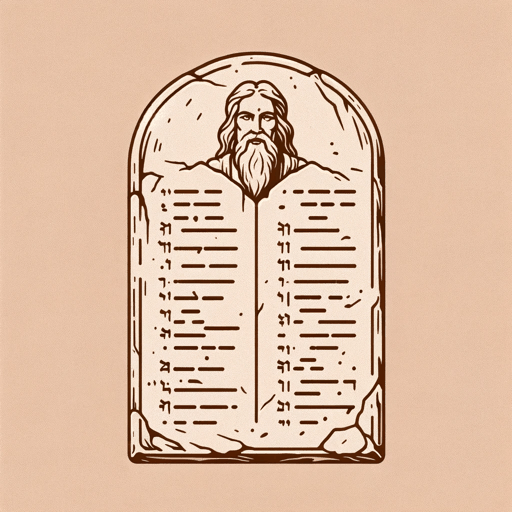
Bible: Old Testament: English Standard Version
Anonymous

Deuteronomy
Anonymous

Diary of an Oxygen Thief
Anonymous

Do Not Stand at My Grave and Weep
Anonymous

Everyman
Anonymous

Hebrew Bible
Anonymous

Holy Bible
Anonymous

Homeric Hymns
Anonymous
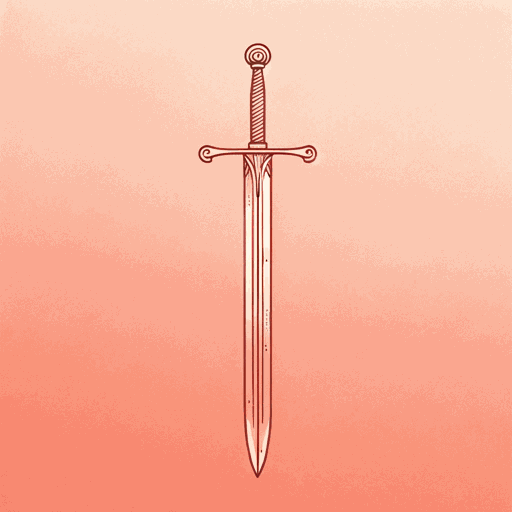
Judith
Anonymous

Laxdaela Saga
Anonymous
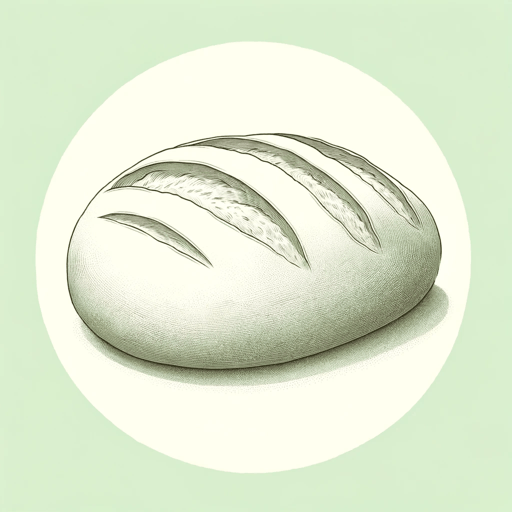
Lazarillo De Tormes
Anonymous

Mahabharata
Anonymous
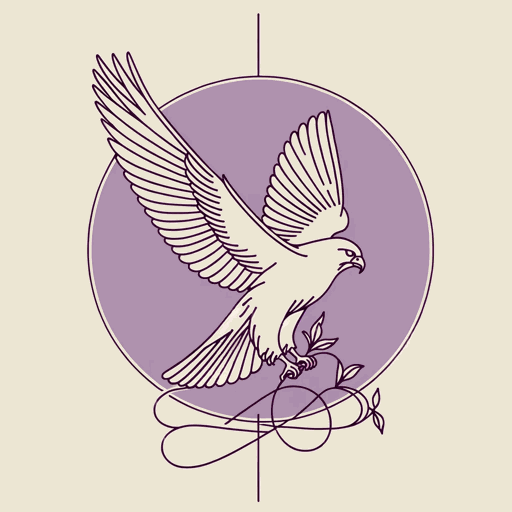
Nibelungenlied
Anonymous

Njals Saga
Anonymous

One Thousand and One Nights
Anonymous

Popol Vuh
Anonymous

